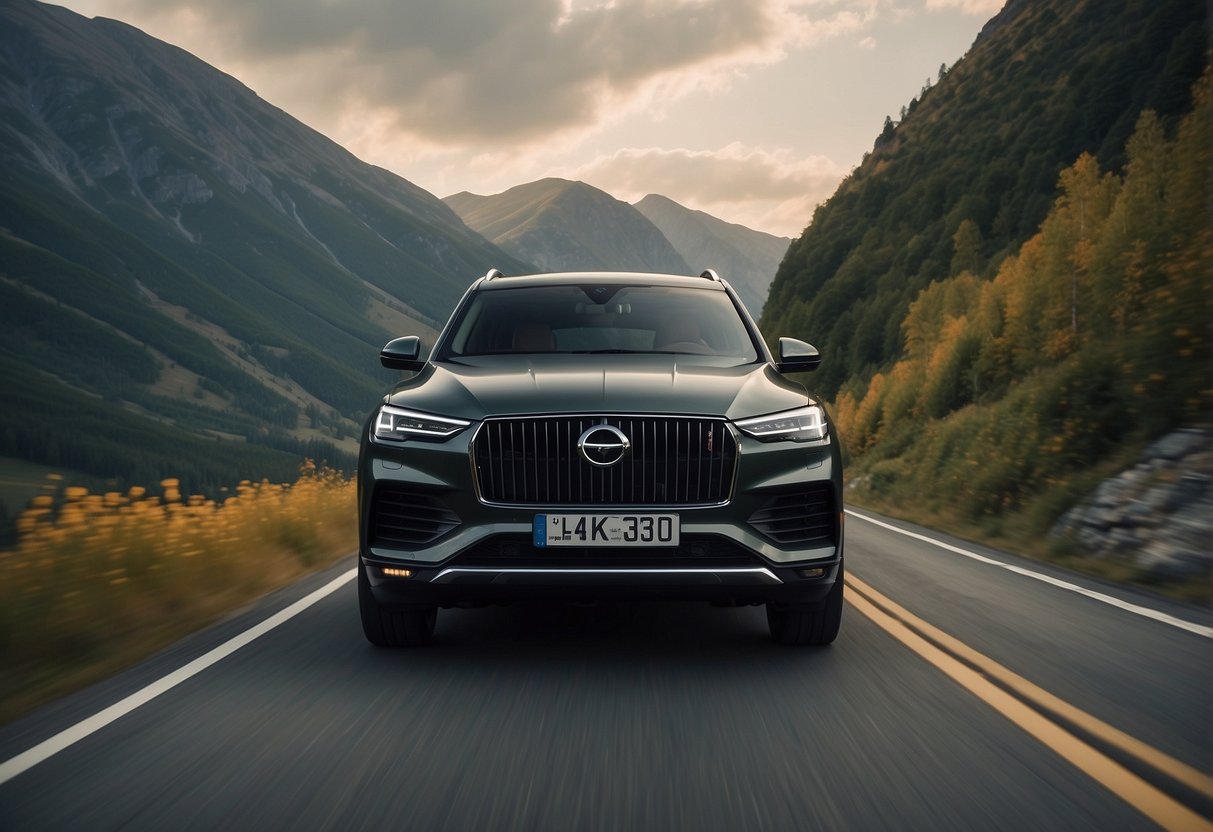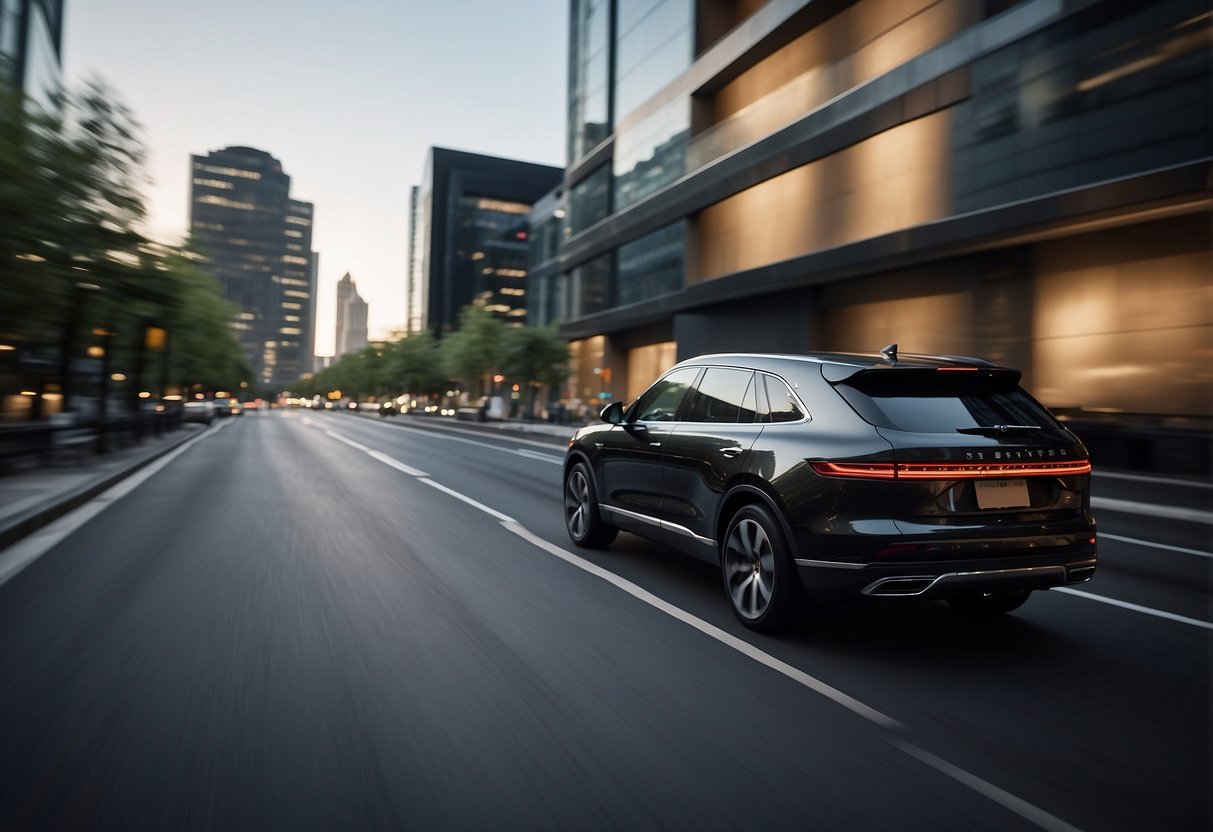
The realm of luxury SUVs has seen a remarkable transformation over the years, blending unparalleled comfort with top-tier performance. Buyers no longer have to sacrifice one for the other, as modern luxury SUVs offer sophisticated amenities while maintaining powerful capabilities. From plush leather seating and advanced infotainment systems to robust engines and superior handling, these vehicles redefine the driving experience.
Recent trends highlight an increased demand for luxury SUVs that cater to both comfort-seekers and performance enthusiasts. Manufacturers strive to innovate with features that enhance convenience and offer a thrilling ride. Adaptive suspensions, advanced safety technologies, and personalized driving modes are now standard in many models, pushing the boundaries of what an SUV can deliver.
This evolution underscores the industry’s commitment to excellence and adaptation to consumer needs. As technology evolves, luxury SUVs continue to set new standards, making them a symbol of prestige and practicality. With each model, they aim to provide an experience that is as exhilarating as it is comfortable, appealing to a broad audience seeking the best of both worlds.
The Emergence of Luxury SUVs
Luxury SUVs have bridged the gap between high-end comfort and rugged utility, attracting a discerning clientele. Crucial milestones define their rise in the market, from reimagining luxury in this vehicle class to significant shifts in consumer preferences and manufacturer focus.
Defining Luxury in the SUV Segment
The definition of luxury in the SUV segment began evolving distinctly in the late 20th century. Initially, luxury meant superior interior materials and advanced technology features. Leather seats, premium sound systems, and cutting-edge infotainment units became standard. Brands like Audi and Lexus set early benchmarks, integrating high-end comfort with versatile off-road performance.
As the market matured, luxury extended to bespoke design elements and meticulous craftsmanship. Customization became key, allowing buyers to tailor vehicles to specific tastes. Lamborghini Urus exemplifies this shift, merging high performance with opulent interiors. The Ferrari Purosangue also epitomizes this blend, making sporty elegance a hallmark.
The Historical Shift to High-End Utility
The history of luxury SUVs can be traced back to the rising demand for vehicles that offered both utility and sophistication. Early models like the Lamborghini LM002 paved the way, blending military-grade capability with luxury features. This inspired other manufacturers to enter the high-end SUV market.
By the early 2000s, consumer demand for versatile yet luxurious vehicles surged. Families sought the spaciousness and durability of SUVs without compromising on elegance. This shift prompted traditional luxury car makers to innovate, producing SUVs that balanced rugged performance with metropolitan refinement. Consequently, luxury SUVs transformed from niche products to mainstream icons in automotive design.
Design and Aesthetics

Luxury SUVs have transformed over the years, blending refined style with lavish interiors to provide an unparalleled experience. The modern design combines elegance with functionality, creating vehicles that are as striking on the outside as they are comfortable on the inside.
The Style of Luxury SUVs
The exterior design of luxury SUVs is marked by a blend of bold lines and sophisticated details. Many brands focus on sleek, aerodynamic shapes that exude power and elegance. Attention to detail is paramount, with high-quality materials, such as chrome and premium paints, enhancing the overall appearance.
Luxury SUVs often feature distinctive grilles and unique lighting elements, such as LED headlamps and taillights that provide a modern touch. Wheel designs have also become a significant part of the style, with options ranging from subtle to eye-catching. The combination of these elements creates a vehicle that stands out on the road while maintaining an aura of sophistication.
Interiors: Lavish and Comfortable
The interior of a luxury SUV is designed to provide comfort and opulence. High-quality materials, such as leather, wood, and metal accents, are commonly used to create a lavish atmosphere. Seating is a crucial aspect, with many models offering adjustable, heated, and ventilated seats to ensure maximum comfort for all passengers.
Cutting-edge technology is integrated seamlessly into the cabin, including advanced infotainment systems, premium sound systems, and connectivity features. Spaciousness is another key factor, with ample legroom and cargo space to enhance the overall experience. The attention to detail in the stitching and finishes further reflects the sophistication and care put into the design, making the interior as inviting as it is stylish.



